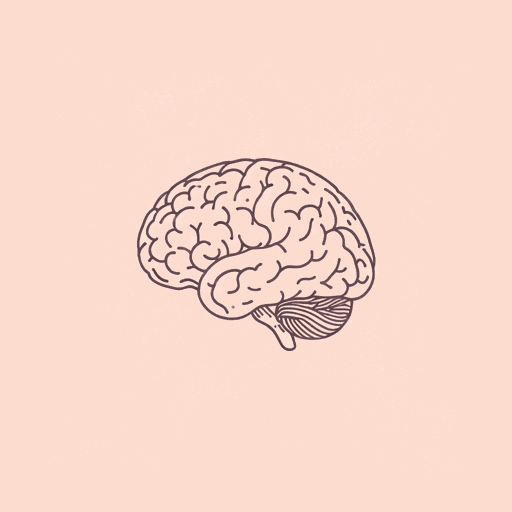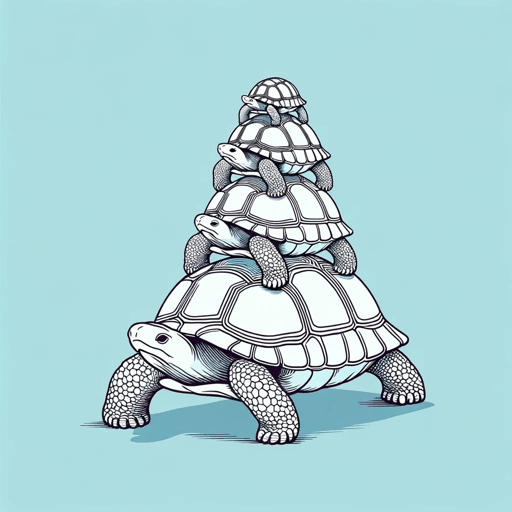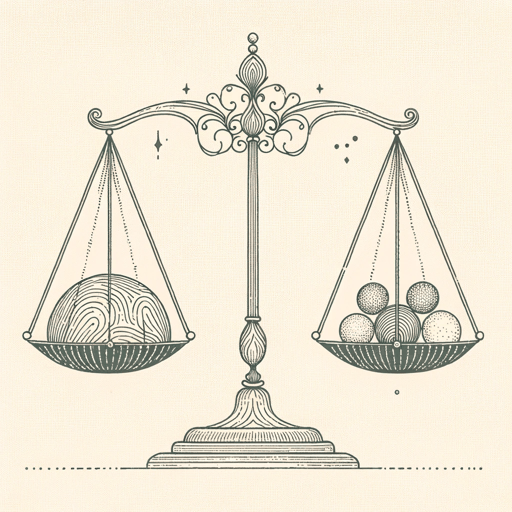92 pages • 3 hours read
Robert M. SapolskyBehave: The Biology of Humans at Our Best and Worst
Nonfiction | Book | Adult | Published in 2017A modern alternative to SparkNotes and CliffsNotes, SuperSummary offers high-quality Study Guides with detailed chapter summaries and analysis of major themes, characters, and more.
Chapter 1Chapter Summaries & Analyses
Chapter 1 Summary & Analysis: “The Behavior”
In a short chapter, Sapolsky outlines one of the core difficulties of writing a book on behavior: it requires a clear definition of what constitutes any individual behavior.
Definitions of behavior depend on the specific context of the behavior in question. In the case of aggression, science studies offensive aggression, defensive aggression, conspecific aggression, instrumental aggression, and ritualistic displays of aggression as separate behavioral phenomena (17). Furthermore, they should do this, as all these different events of aggression occur in different contexts, toward different ends, and engage different brain regions; they are totally different phenomenon.
So, defining aggression is hard. However, “getting a handle on the more positive terms isn’t easy either” (18). Altruism can be pure (expecting nothing in return), reciprocal, or conceal calculated and ultimately hostile intentions. We are in fact unnerved by individuals who practice extreme altruism to complete strangers, expecting nothing in return, and believe these acts must contain hidden motives. Acting compassionately can be an act of dispassion, and acting aggressively, as in protecting our family, can be an act of love. This brings us to the central problem of studying behavior at its best and worst: appraising a behavior as good or bad does not depend on the behavior itself, but in the behavior’s context.
Related Titles
By Robert M. Sapolsky




